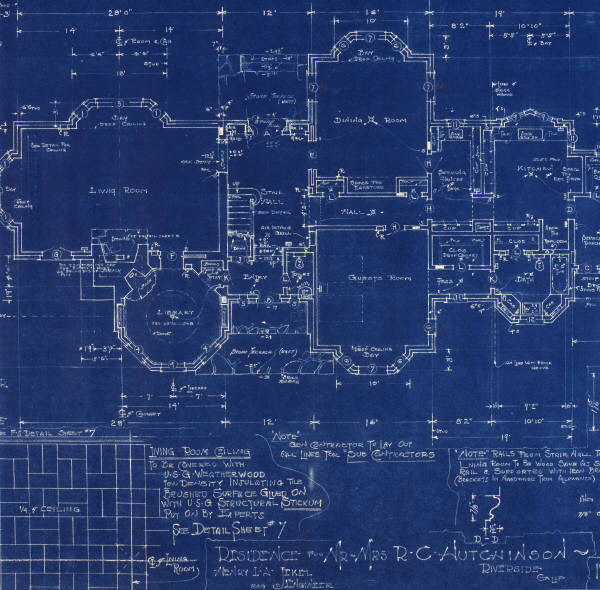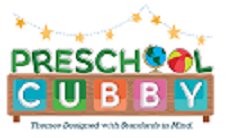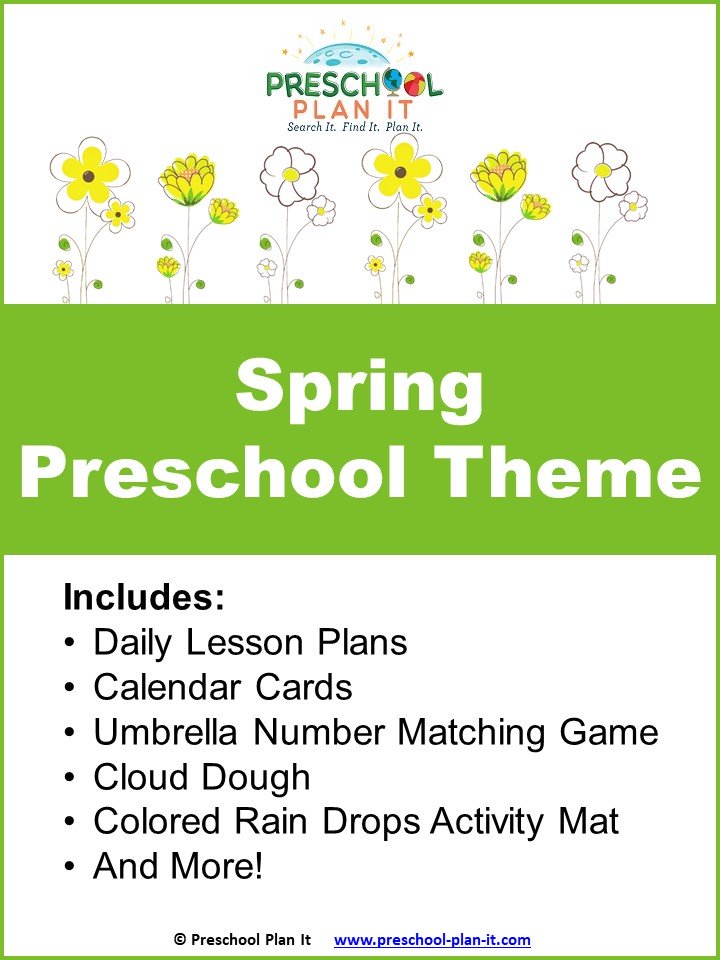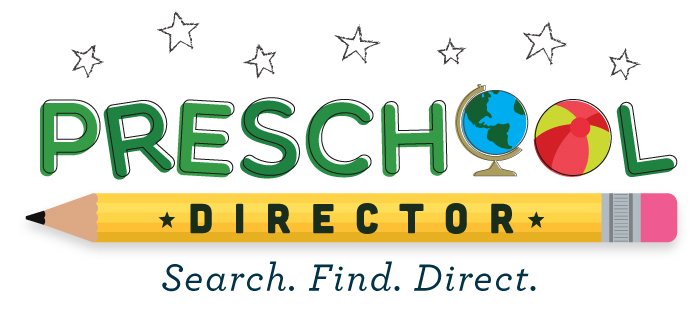Preschool Classroom Set Up
How does a teacher set up their preschool classroom to maximize the space and the learning of her students? Read on for easy to use tips and suggestions.
Remember a few years back when feng shui was all the rage? People thought arranging rooms in their house would promote positivity in their lives. Using things like mirrors and angles of furniture was supposed to bring “good luck”. Well, it turns out there is something to arranging a room in just the right way.
You do not have to go to the extreme of feng shui, though. The idea is to take the basic concept of it and finding the best flow for your preschool classroom to make it appealing and attractive to both parents and children.
Preschool Classroom Set Up Steps
The first thing you can do is look at the layout of your preschool classroom. Sometimes it will help to draw a blueprint of the room. You will have to work around little obstacles, like doors and windows. From there, you can start to visualize where you would like your areas to be located.
It’s a good idea to keep similar areas around each other. The main rule of thumb is to keep loud areas with other loud areas and the quiet areas with other quiet areas. It’s typically not a good idea to place the dramatic play area right next to the library. However, you can try the block area next to the dramatic play and library next to the writing center.
You should also take into consideration the messy areas. The art, sand table and sensory table should be placed close by a sink. This can ensure less mess on the floor when children clean off the equipment. One of my favorite places for the science area is close by a window. The outdoors and nature are key components to the science center so it makes sense that the kids can be right by a window to make observations and connections.
Another thing to keep in mind for the preschool classroom set up is to make sure that all the areas are clearly defined. Children need to know what area they are entering. You should have a picture with the name of the center posted somewhere in that area. Materials should be in the right place as well.
The children will need to learn how to properly put the toys and equipment away. This not only makes less work for you, but it also teaches the children responsibility. You don’t want to find toy food in the library, for example. Sometimes you will use certain materials in other centers, but just remind the children of why those materials have been moved. Having clearly defined areas will allow for the children to play freely and not chaotically.
A wonderful book that helps define classroom activities and set up of centers is the Creative Curriculum. This is a go to book for me that I highly recommend for all preschool classrooms.
Another thing to consider is decorations. It’s not a way to arrange your room, but it will add to the appeal of your room. Children’s artwork is the best way to decorate a classroom! This is a great way for them to take pride in what they do. It also can promote your theme.
Another way to decorate is by using photos of the children. I always liked taking pictures of them playing in different areas and posting them in those areas. They get such excitement out of seeing pictures of themselves! Posting child-friendly photos and artwork will add to the inviting nature of your room.
Having a warm and inviting preschool classroom is useful for many reasons. Your goal should be getting children to enjoy coming to school everyday. This will open the door for their success in education. If they look forward to going to school, then they will continue to excel. Parents will also feel more comfortable leaving their child in your care if your classroom looks welcoming. It will be a win-win for everyone. And that is something we can all be happy with.
For a detailed article on setting up specific Interest Learning Centers in your classroom, check out my article in Preschool Plan It by clicking HERE!
Go to Preschool Professor's HOME Page






